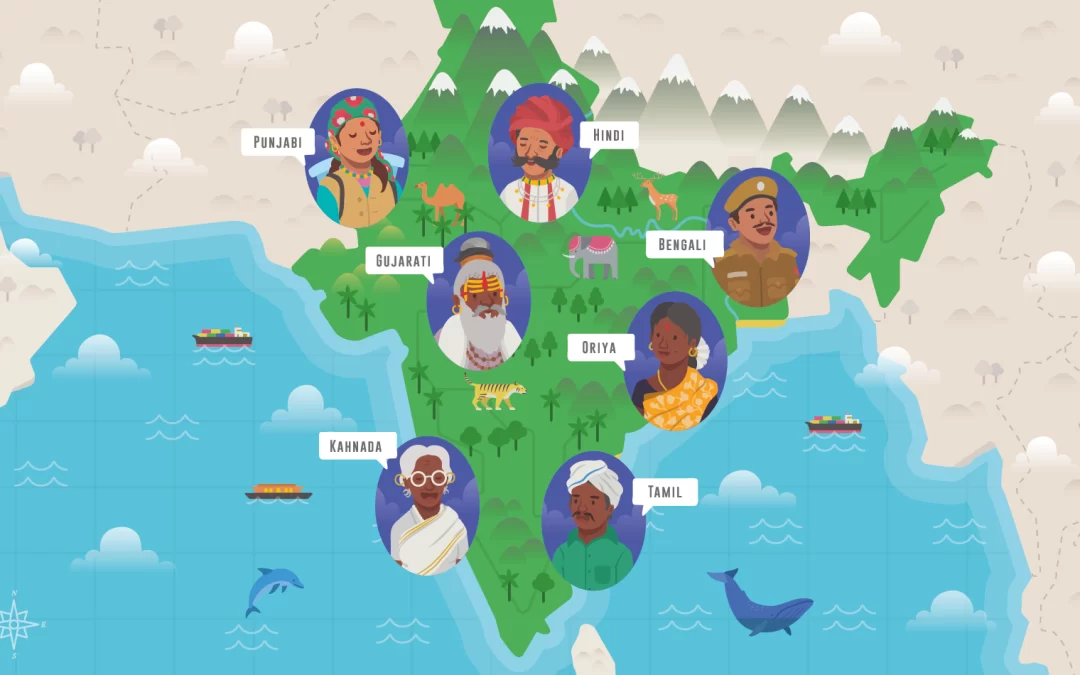Learning another language can expose people to novel concepts and help them expand their view of the world. A concept that is present in all languages is tone. People naturally alter tone as they speak to convey meaning, whether turning a statement into a question or putting emphasis on a particular word.
In some languages, tone alters the meaning of a particular word. For example, there are languages in which saying a word in a high tone conveys an entirely different meaning than saying the same word in a low tone. While this may sound confusing to people unfamiliar with the concept, more than 1 billion people around the world speak a tonal language.
The Basics to Know about Tonal Languages Spoken Today
The most widely spoken tonal language is Mandarin Chinese, which has four distinct tones. The syllable “ma” can mean “mother,” “horse,” “rough,” or “scold” depending on which of the four tones is used. Almost all of the syllables used in Mandarin Chinese have four meanings depending on these four tones. The tonal system is what makes Mandarin Chinese particularly difficult for English speakers to learn. However, other languages have even more complicated systems. For example, Hmong, a language spoken in China, Laos, Vietnam, and Thailand, can have up to eight tones for a single syllable. Furthermore, certain dialects of Chinese can have up to nine tones per syllable.
The distribution of tonal languages across the globe is quite fascinating. As already demonstrated, East and Southeast Asia is an area with many tonal languages. However, tonal languages are also clustered in sub-Saharan Africa and the Indigenous communities of Mexico. Some theories explain these clusters, but none of them are entirely satisfying. The only theory that carries some weight is that these regions are hot and wet, which results in the right conditions for vocal cords to be able to make subtle tonal distinctions. However, this does not fully explain why certain languages decided to take on a song-like expression.
The Evolution of Tones as Verbal Differentiators in Language
Linguists have made some progress in explaining how tones emerge. In English, the words “pay” and “bay” differ by a letter, causing them to be tonally different. This difference is subtle, but the truth is that p and b are sounds that are quite close—over time, they could fall together so that they are pronounced the same, but the higher tone “pay” means one thing and the lower tone “pay” means another. This is the exact shift that is seen in tonal languages. A perfect example of this is seen in Khmu, a Southeast Asian language. In one dialect, “pok” and “bok” are distinct words. In another dialect, the p and b have fallen together, and these two words are distinguished by tone alone.
In questioning why some languages develop tones and others do not, it is important to consider the advantages that a tonal system has for speakers. Historically, tones have helped people communicate across long distances. For example, speakers of some tonal African languages would use drums to convey tones across long distances and communicate important messages. In Mexico, Mazatec speakers would whistle tones for the same reason. This can provide advantages when facing off against an enemy, hunting for food, or even just trying to explore and map an unfamiliar terrain. Long-distance communication may help explain a lot about how and why tonal languages developed.
Points to Keep in Mind When Learning Tonal Languages
Anyone interested in learning a tonal language should not feel discouraged by the perceived difficulty. While tones are not as intuitive for people not used to using them, they are no harder than a new grammar to master. Plus, tonal languages tend to have simpler grammar and smaller vocabularies, so that provides an advantage. Learning to use tones can help you think about language in a new way and unlock novel perspectives on communication. Alongside Mandarin, some of the other most common tonal languages spoken today include Vietnamese, Cantonese, Thai, Punjabi, and Zulu.
The key to learning a tonal language is spending as much time as possible with pronunciation. As you learn new words, practice saying them over and over again and check yourself with recordings of the word. If possible, practice with a native speaker to make sure you get the intonation right. Languages all have their own cadence, which is crucial to perfect in terms of being easily understood by others. As in learning any new language, conversational practice is important. With tonal language, this is often the key to excelling. Plus, there will come a point when the tonal system begins to feel like second nature, and practicing more will get you there faster.

